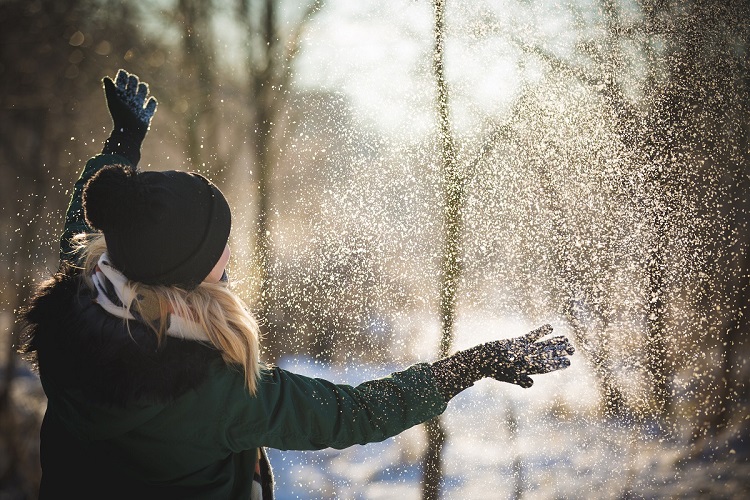
 With winter just around the corner, it’s important to know how to protect your eyes during this season. When the days are cloudy and cold, sunglasses are probably the last thing on your mind. But winter eye protection can prevent painful temporary conditions and permanent eye damage.
With winter just around the corner, it’s important to know how to protect your eyes during this season. When the days are cloudy and cold, sunglasses are probably the last thing on your mind. But winter eye protection can prevent painful temporary conditions and permanent eye damage.
Did you know your eyes can get sunburned in the winter? Snow and ice reflect 80% of the sun’s ultraviolet (UV) rays. UV exposure can cause a painful condition called photokeratitis (snow blindness.) Whether you’re skiing, snowboarding or working outdoors, UV rays strike from every angle, even on cloudy days.
Sunglasses that block 100% of UV rays protect your eyes from glare. Wraparound sunglass styles provide the best eye protection. Ski goggles protect against glare, cold and wind, and you can even get prescription ski goggles.
If you fish, hunt or enjoy other outdoor activities in winter, you need protective eyewear. Many outdoor surfaces can reflect enough UV light to cause eye damage.
The risk of eye damage is highest in late winter and early spring when days are getting longer. UV rays are strongest between 10 am and 3 pm, further south and at higher altitudes.
UV rays can damage young eyes easier than adult eyes, and UV exposure builds up over a lifetime. Especially when playing in the snow, make sure your kids’ sunglasses or snow goggles block 100% of UV rays.
The sun is not the only risk to our eyes during the winter. Cold air can dry the mucous membrane of the eyes resulting in redness and itching. Keeping your eyes as moist as possible will improve your comfort and prevent your vision from becoming blurry or obscured.
Protecting your eyes in winter can prevent or slow down other eye conditions, including:
When enjoying this upcoming winter season, be sure to keep your eyes safe. Contact Palmetto Eye & Laser Center at 864-583-6381 or palmettoeyeandlaser.com for more information about winter eye protection.